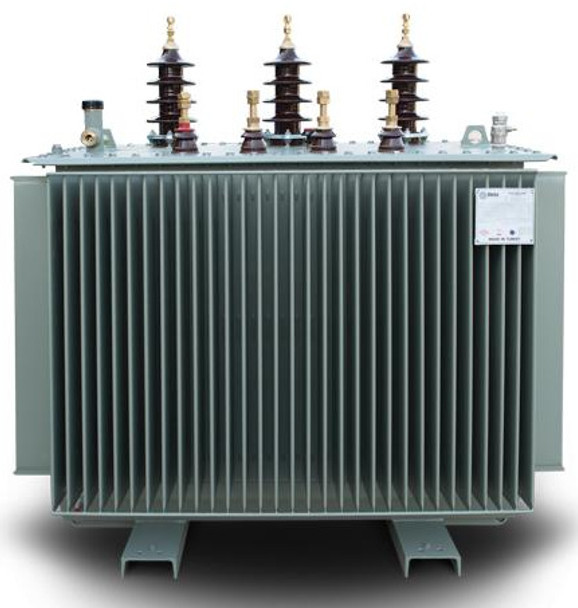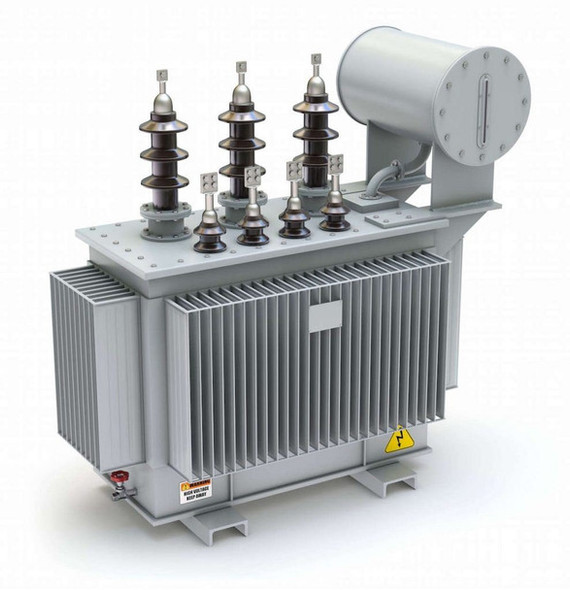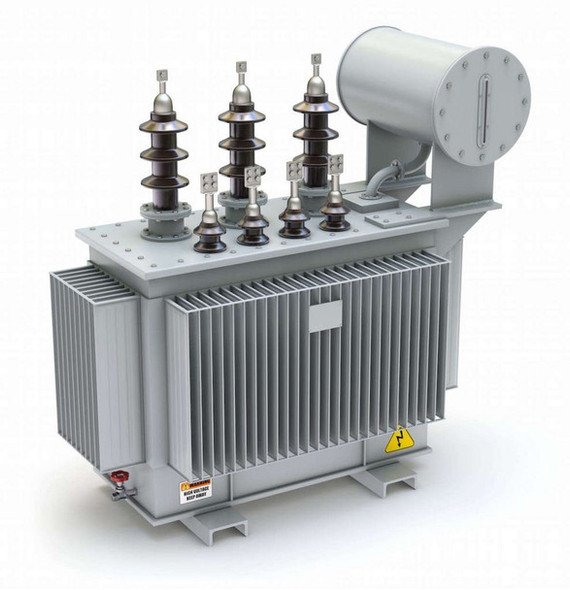Description
ASTOR Power Transformer 500KVA 33.0/400KV
Tikweld Welding Supplies and Services is the distributor of Astor Power Transformers in Nigeria. We have a complete range of copper distribution transformers designed to grant the reliability, durability, and efficiency required in utility, industrial, and commercial applications. Our ASTOR Power Transformer 500kVA 33/400kV is a durable and efficient power transformer that can convert AC to DC for long-distance transmission, as well as adjust the voltage level according to the grid requirements. It has a low maintenance cost and a high isolation and efficiency. It is ideal for transmitting and distributing power in various sectors, such as industrial, commercial, and residential.
Technical Specifications of the ASTOR Power Transformer 500KVA 33.0/400KV
- Rated power500 kVA
- Primary voltage33 kV
- Secondary voltage400 V
- Frequency50 Hz
- Cooling methodONAN (oil natural, air natural)
- Winding materialcopper
- Impedance6%
- Losses2.5 kW (no load), 7.5 kW (full load)
- Weight2,500 kg
- Dimensions2,300 x 1,400 x 1,800 mm
Contact Us for product availability
Frequently Asked Questions
1. Why is the transformer used in kVA?
Transformers are used and rated in kVA, to account for power losses. The total heat losses in a transformer depends on volt-ampere (VA) only and not on the power factor of the load. That is why the transformer rating is given in kVA and not in kW.
2. How much is 1 kVA in Watts?
1 kVA is equal to 1 kW. That means that 1 kVA is equal to 1,000 watts. So to determine your transformers rating in watts, multiply the transformer's kVA power rating by 1000.
3. Why do transformers hum?
The repetitive expansion and contraction of the steel core inside the transformer is what causes transformer hum or noise. The expansion of the core depends on the amount of flux passing through it, which in turn depends on the applied voltage and the number of turns of transformer coils.
Related Articles
Choosing the Right Transformer Oil: A Guide to Specifications and Selection






